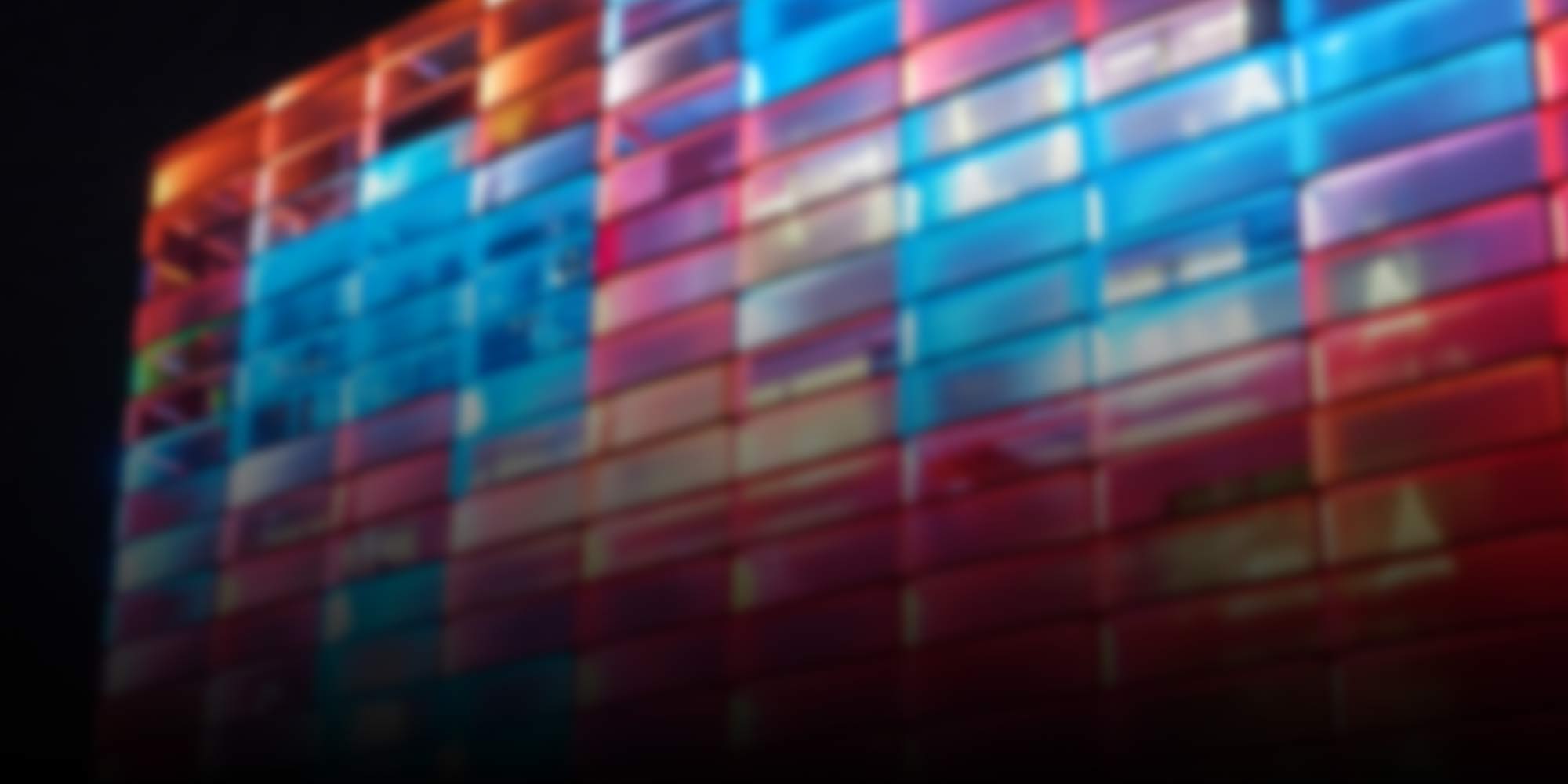
Ars Electronica Center
-

Center Story: April 2022
With our new “Center Stories” format, we’re telling you what’s going on behind the scenes at the Ars Electronica Center. In the first story, we want to introduce you to our plant offspring and recall a past exhibition.
-
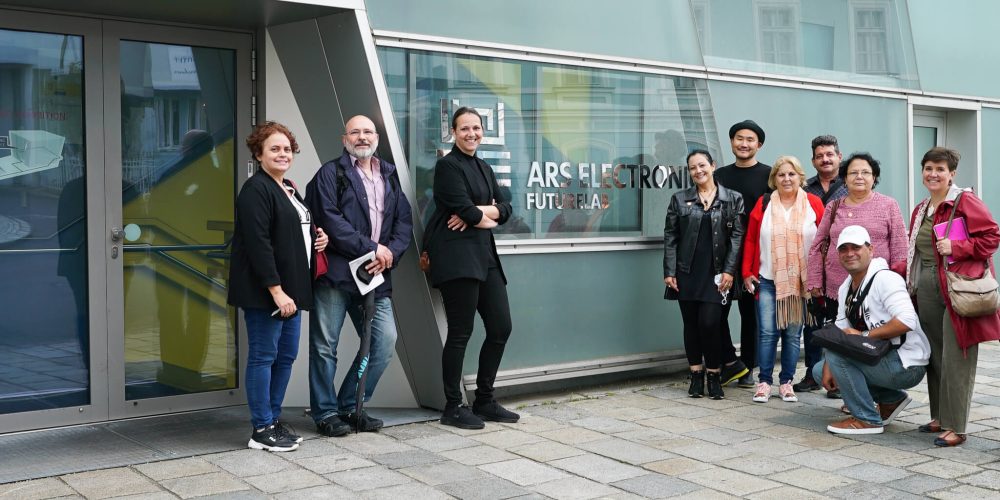
Futurelab – Prototype of a think-and-do tank
Cuba visits Linz: A delegation from the Cuban Computer Science Union finds inspiration in the Ars Electronica Futurelab’s unique concept.
-
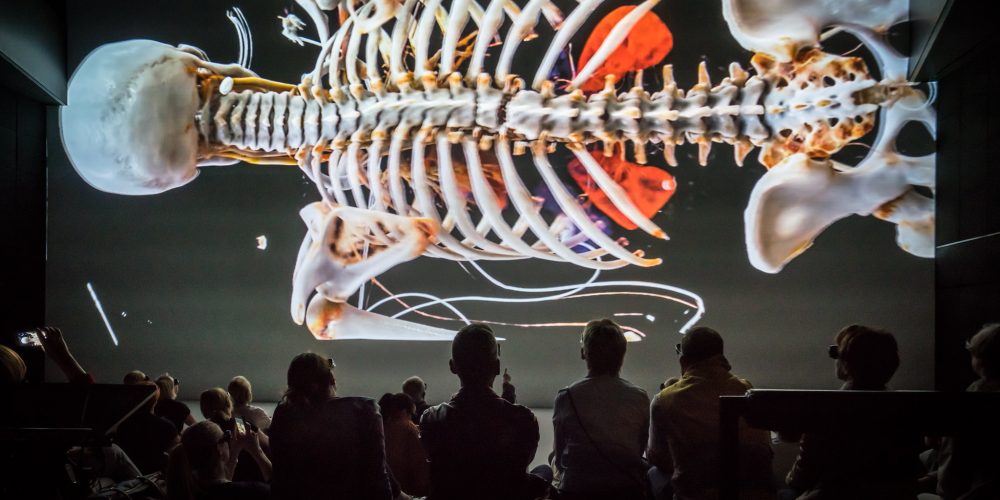
Deep Space EVOLUTION: Virtual Anatomy
A fascinating journey through the human body turns anatomy data into an immersive 3D experience in Ars Electronica Center.
-
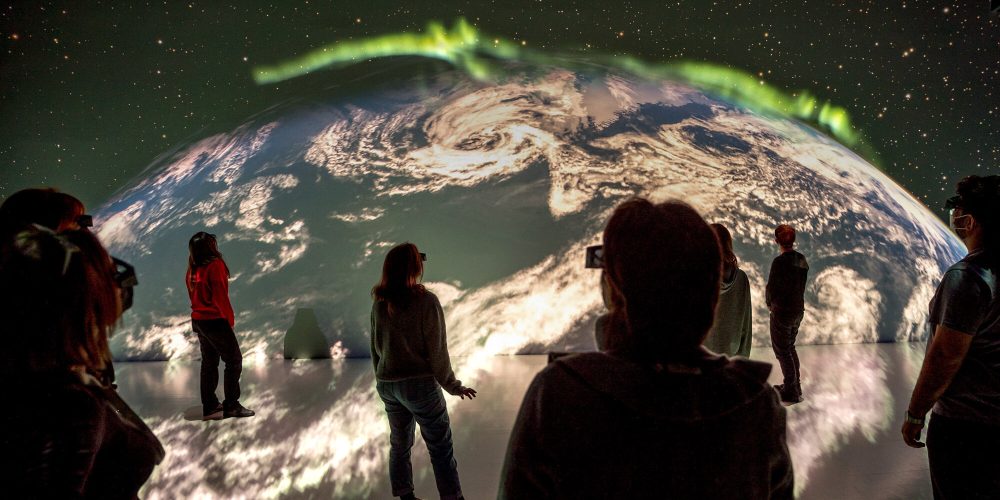
Where Stories Come to Life: Storytelling in Deep Space 8K
Once in a lifetime, travel through space and see the earth from above. Seeing the human body from the inside for once and being present during a heart operation. Or once having the opportunity to look at Klimt’s “The Kiss” as close as if you were part of the painting.
-
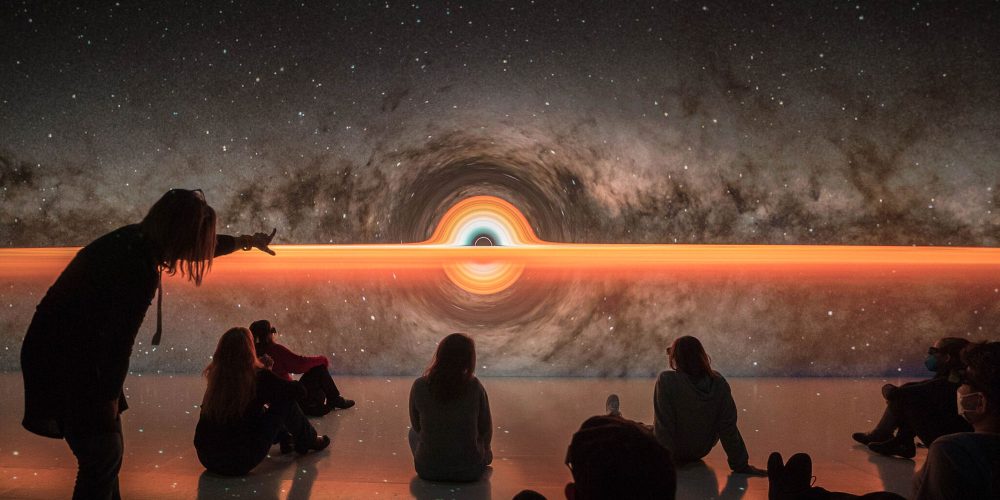
Deep Space EVOLUTION: Uniview 3.0
Explore the space with the new version of “Uniview”, the amazing virtual planetarium program of Ars Electronica Center’s Deep Space 8K.
-
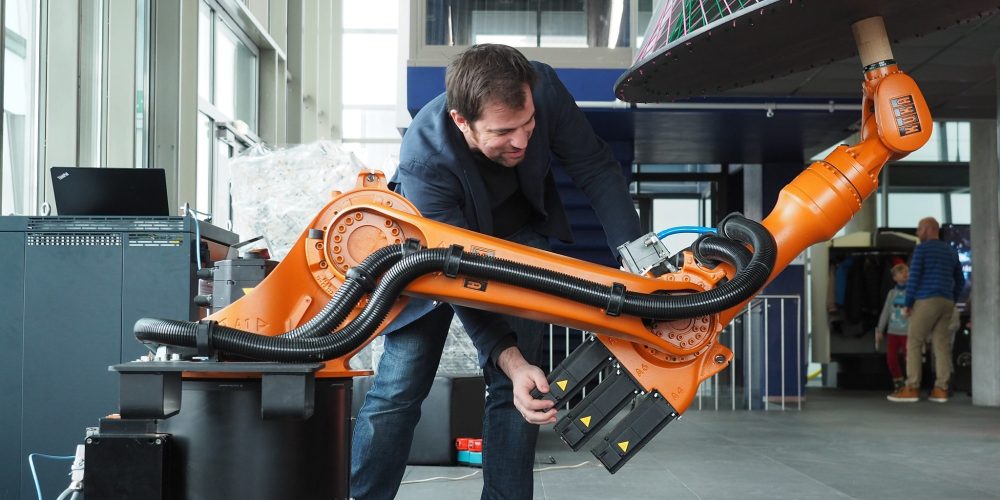
Throwback: Creative Robotics
The exhibition “Creative Robotics” traced how industrial robots, outside their original use, became a medium of artistic and creative expression and a catalyst for the implementation of innovative ideas.
-
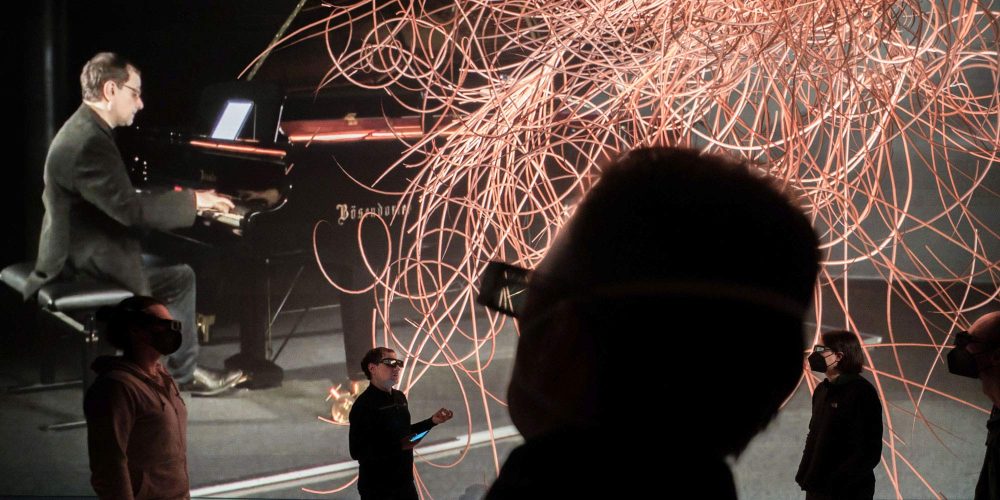
Deep Space EVOLUTION: Sounding Letters
With a virtual piano concert in 3D, the new program in Deep Space 8K shows how humans and AI make music together.
-

Throwback: The World in 100 Years
The exhibition “The World in 100 Years” paid tribute to great thinkers and activists who were ahead of their time and worked for a vision of the future.
-

Deep Space EVOLUTION: Transient
Impermanent Paintings in Deep Space 8K: Immerse yourself in audiovisual paintings created in collaboration with generative algorithms.
-
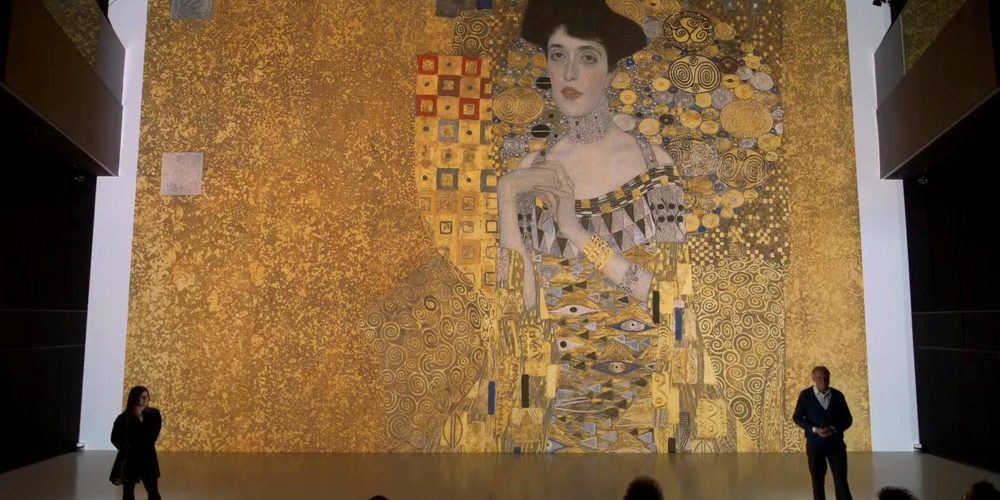
The Woman on the Picture
Gustav Klimt and Rebecca Merlic placed the image of the woman at the centre of their artistic work – an analysis.
-
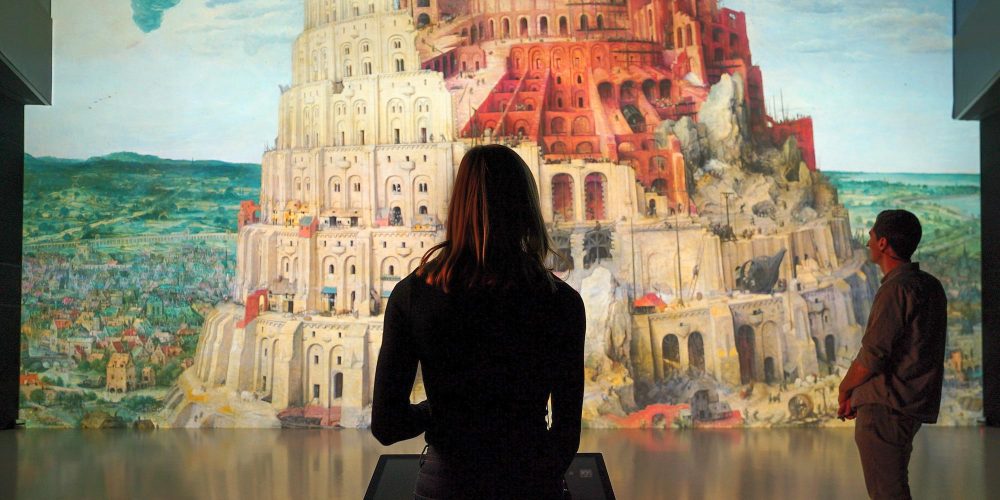
Cultural Heritage: Broadening the Horizon Virtually
Works of art, buildings, paintings – all these are pieces of the Europa puzzle that can be put together collectively in one place in the Ars Electronica Center’s Deep Space 8K.
-
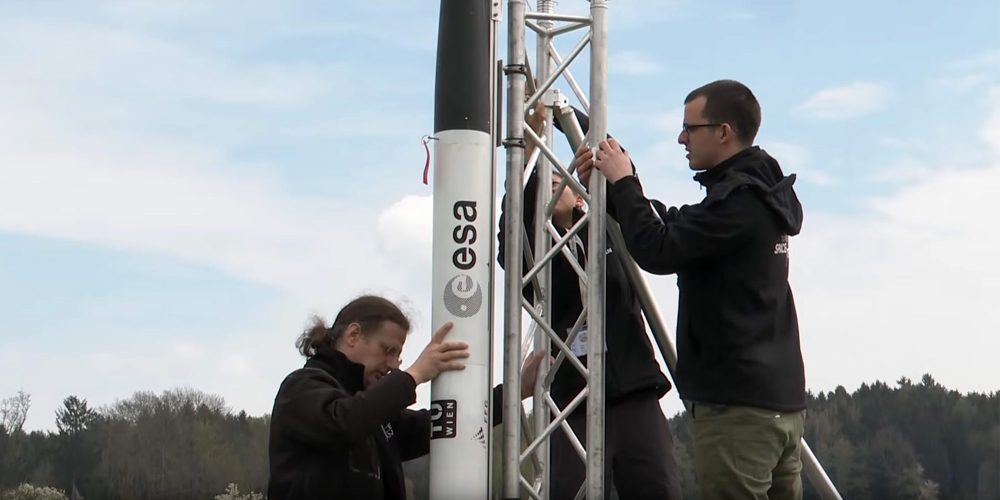
CanSat 2022: Once in the Sky and back
Launching their own mini-satellite 500 metres towards space with a rocket and collecting scientific data – this was the fifth time that students in the CanSat competition had the opportunity to do so.
-
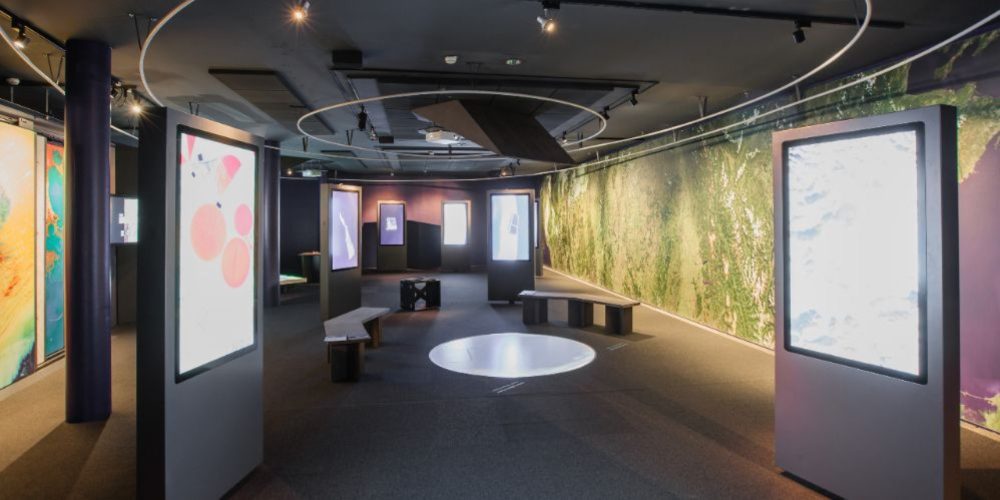
Throwback: Spaceship Earth
The exhibition “Spaceship Earth” dealt with the question of what we can learn about our planet by observing it.
-

Deep Space EVOLUTION: Welcome to Planet B
What lifestyle changes are you willing to make to reduce your greenhouse gas emissions? Challenge your choices!
-

Crushed fruit and jumping dogs: TIME OUT .10
Two years late, TIME OUT is entering its next round. Students from the Linz Art University’s “Time-Based and Interactive Media Arts” program are showing selected works at the Ars Electronica Center.
-
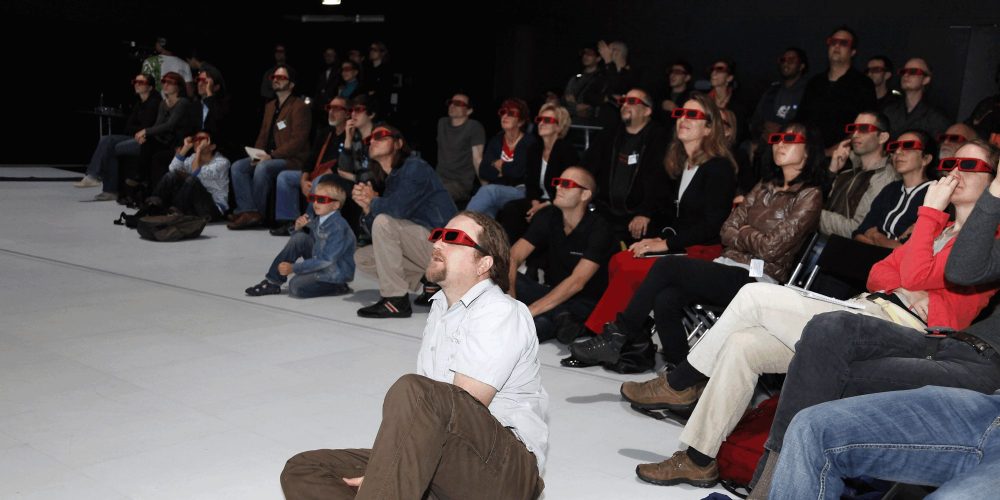
Throwback: The birth of the Deep Space
Deep Space EVOLUTION marks the start of Ars Electronica’s next chapter when it comes to immersive visual worlds. But how did the story of the giant projection room in the Ars Electronica Center begin?
-

The Deep Space EVOLUTION has started
On March 30, 2022, Deep Space EVOLUTION celebrated its premiere at the Ars Electronica Center. We have a few impressions for you.
-
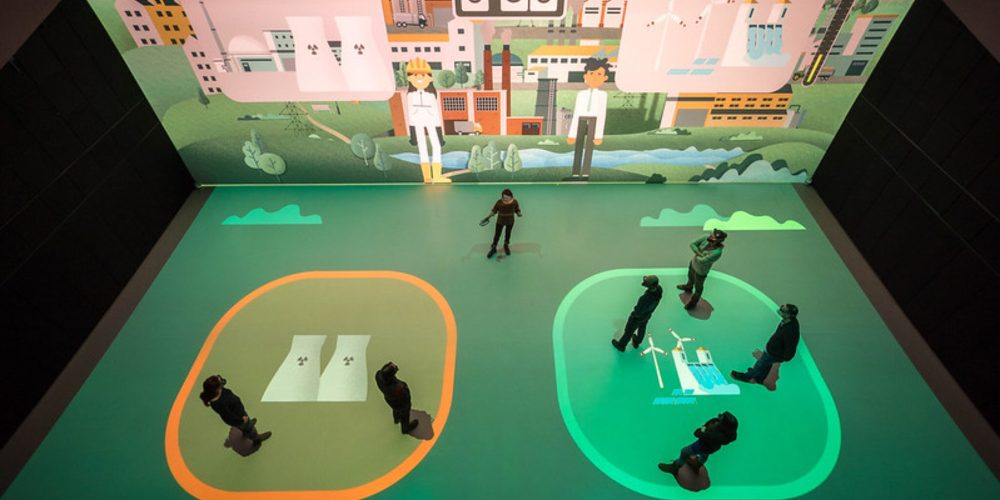
That’s what the new Deep Space EVOLUTION program looks like
New laser projectors, the most powerful graphics cards, a 3D tracking system and a whole range of new interactive programs and spectacular applications. This is Deep Space EVOLUTION.
-
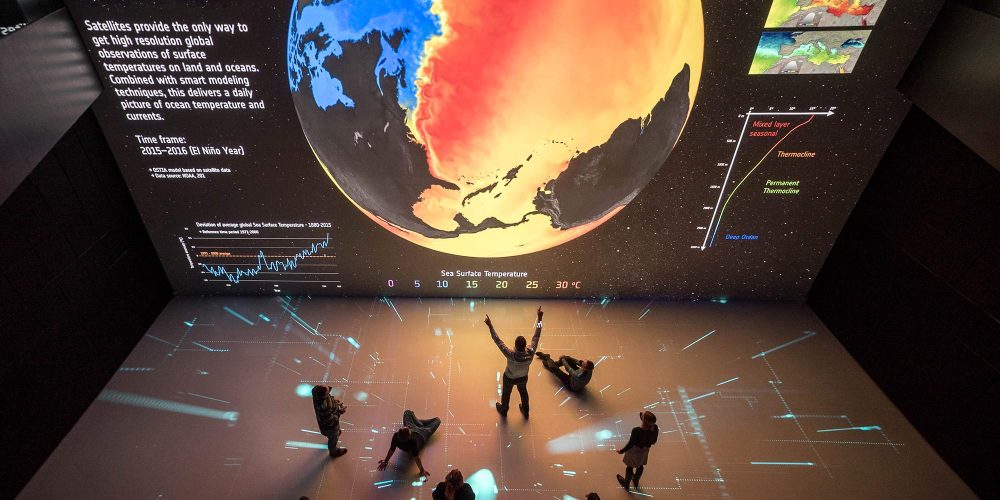
Deep Space EVOLUTION: From the Cave into the Deep Space
With the CAVE, the Ars Electronica Futurelab laid the foundation for this experiential environment in the 1990s. “Deep Space EVOLUTION” is Ars Electronica’s next chapter when it comes to immersive visual worlds.
-
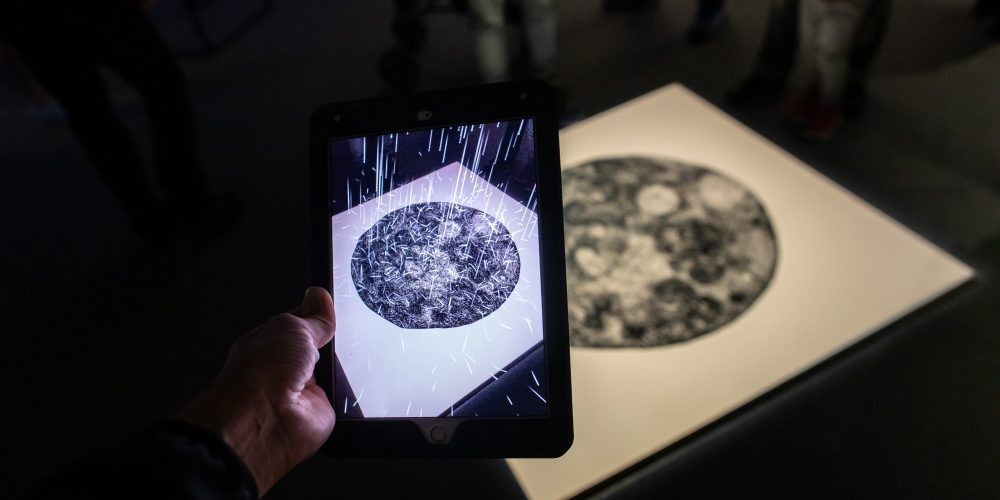
Throwback: Mirages & miracles
The exhibition Mirages & miracles at the Ars Electronica Center staged augmented reality in a virtuoso and imaginative way.
-
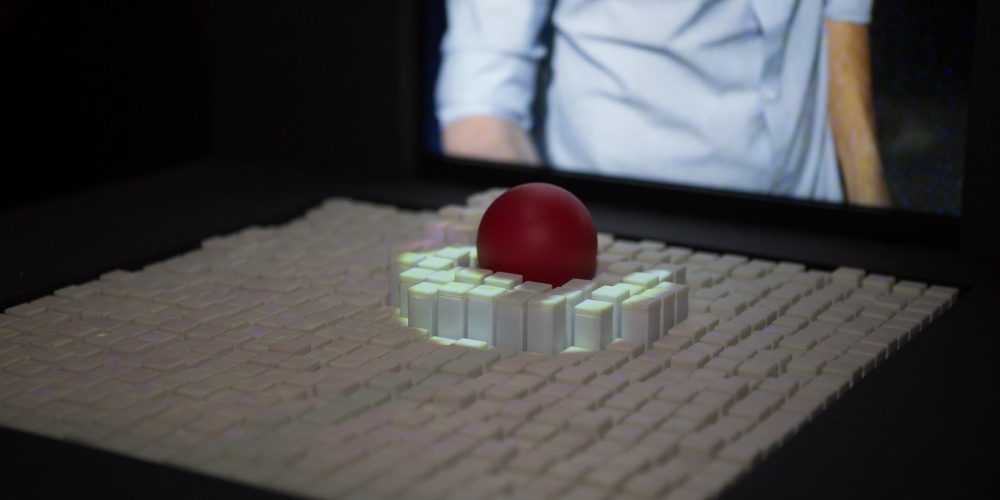
Throwback: inFORM
MIT-Medialab’s inFORM application addressed the question of how to get the digital back into the physical world.
-

Throwback: GeoPulse
GeoPulse opened up an interactive experience space for visitors of the Ars Electronica Center that compiled multi-layered data about our world and made it possible to experience it in a playful way.
-
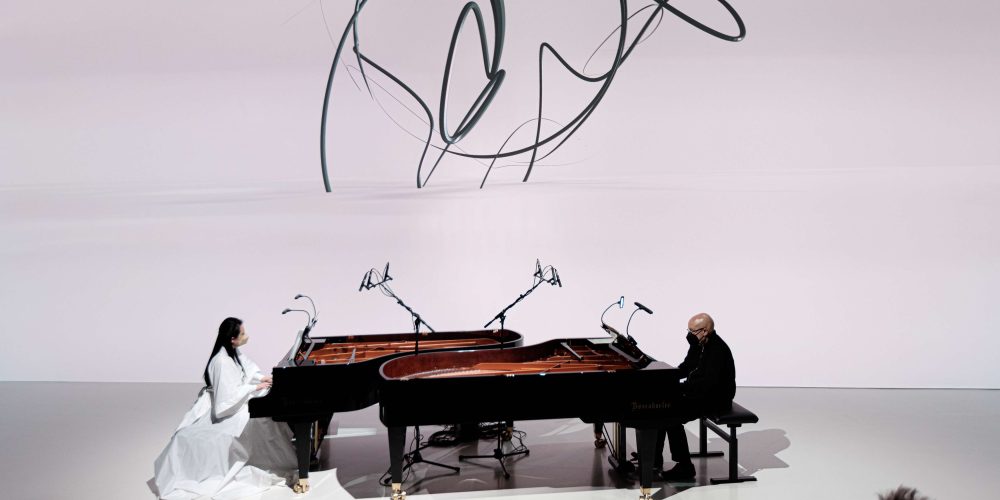
Deep Space Concert: Philip Glass 85
On the occasion of the 85th birthday of Philip Glass, one of the most important composers of our time, pianists Dennis Russell Davies and Maki Namekawa dedicated an extraordinary concert to his music.
-
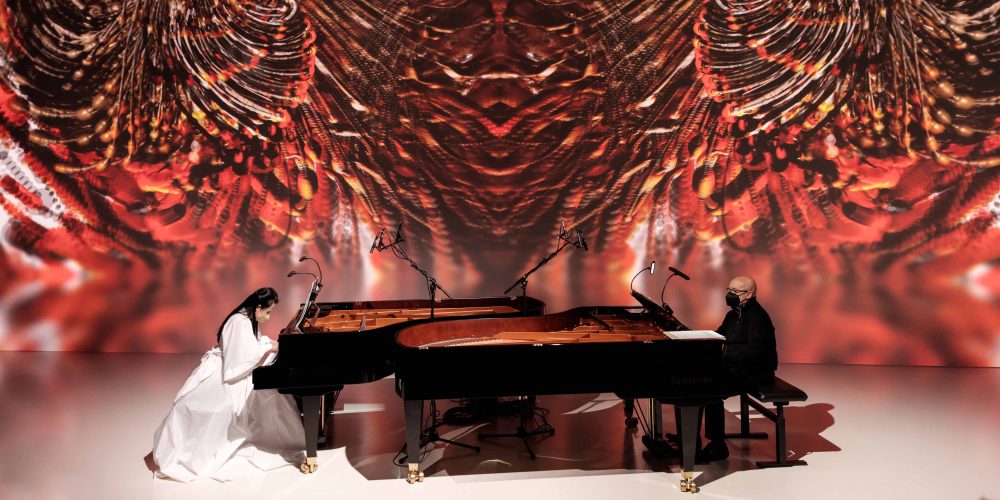
An Evening for Philip Glass
This is rather extraordinary, when two pianists congratulate a composer on his 85th birthday with his own music.
-
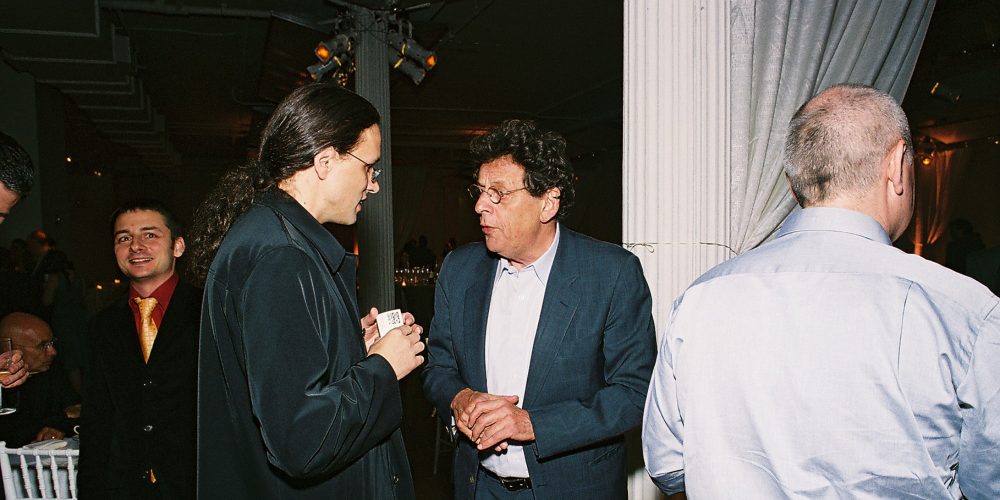
Happy Birthday, Philip Glass!
Philip Glass, the most famous representative of minimal music and longtime companion of Ars Electronica, celebrates his 85th birthday – we congratulate him!
-
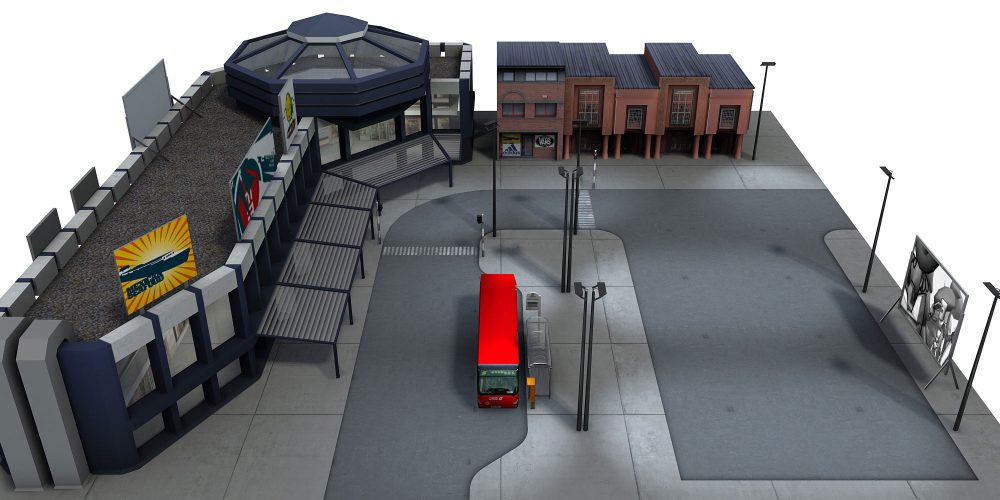
Throwback: City Puzzle
City Puzzle by the Ars Electronica Futurelab was an interactive simulation environment that let you create virtual urban landscapes.
-

Into the new year with our future experts
To kick off the new year, the Ars Electronica Futurelab is giving very special futurologists a chance to have their say.
-

Throwback: Morphovision
The Morphovision image processing system worked with real objects and opened up new possibilities for plastic design.